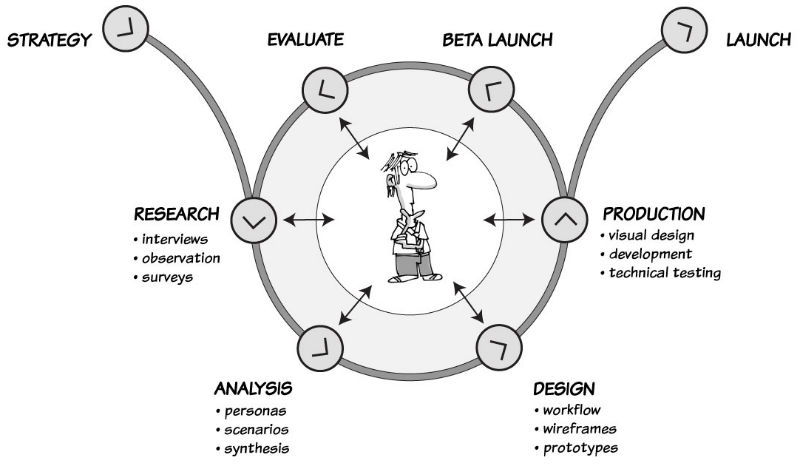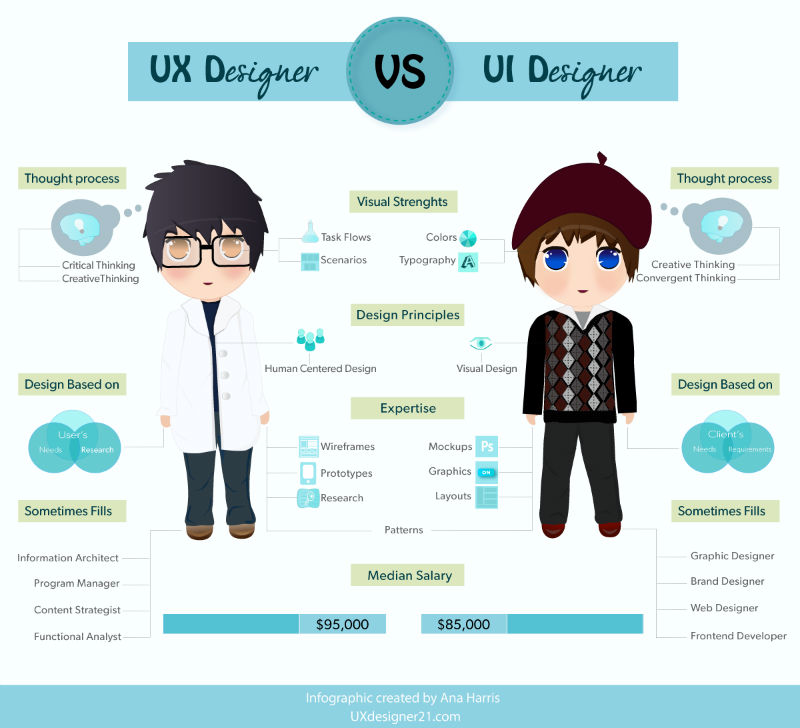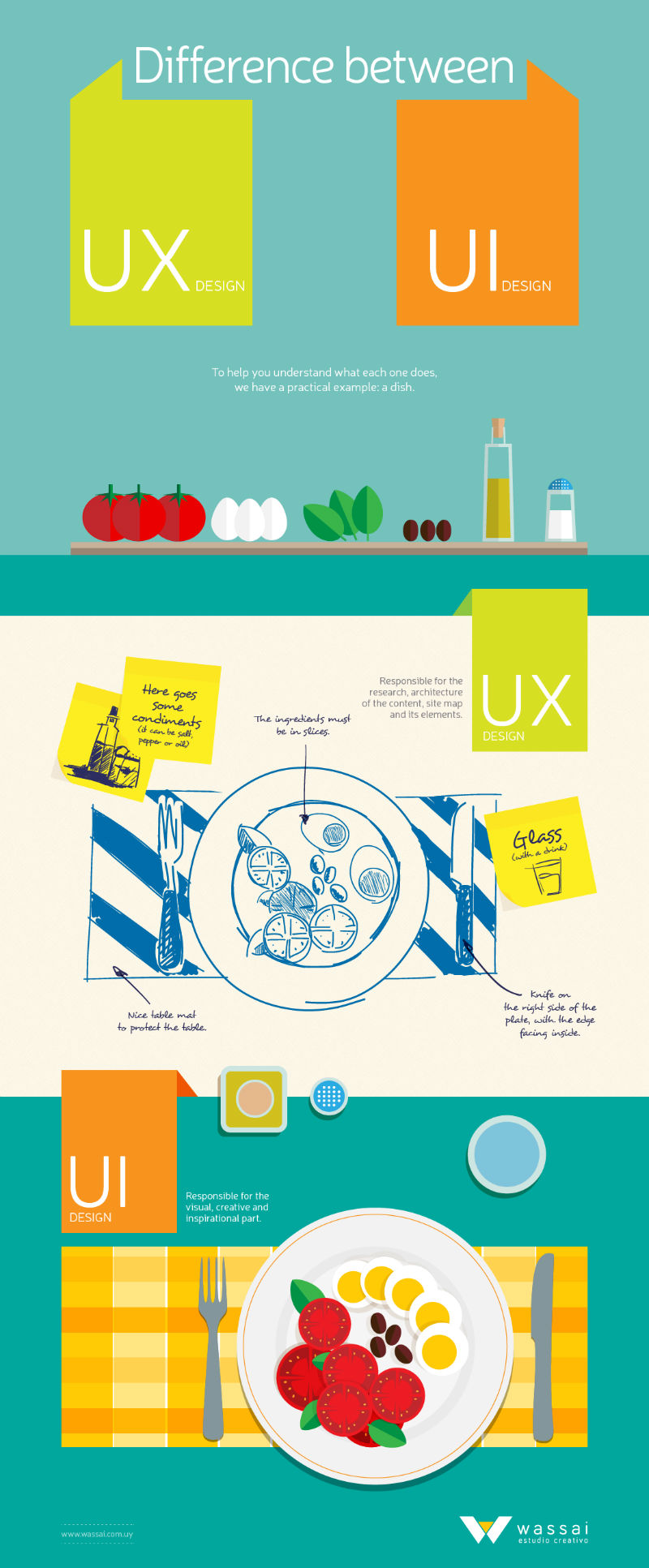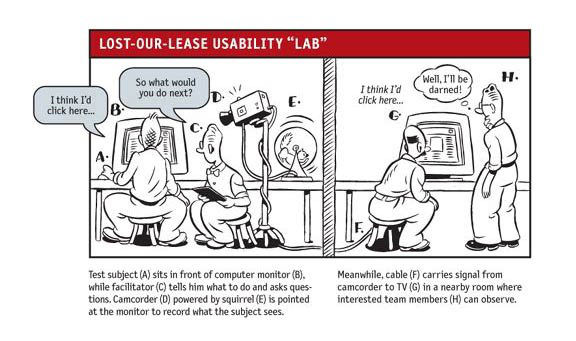What would you say if I said User Experience, (a.k.a UX) was your obligation rather than an option?
Though the term was coined in the mid-90’s by Don Norman, and is recognized as the key player in influencing conversions, UX still hasn’t been strategically incorporated in the core design operations by many businesses.
Maybe it’s just unfamiliarity with the ways we measure good UX, or perhaps it’s simply a new job title that has no history or tradition for some businesses. Whatever the case, I think it is time we shine a light on some of the critical misconceptions surrounding UX and how it can play into your core conversions.
Misconception # 1 – UX and UI Are Synonymous
Though User Experience and User Interface ride the same boat and have the same destination, each boards at different locations and pays separate fares. Yet, some (possibly less-informed) continue to regard UX and UI as interchangeable terms.
UI is “a component of User Experience, but there’s much more” says the co-founder of Adaptive Path, Peter Merholz.
In short, UI is a step in the overall process that delivers User Experience, and not the process itself. It is an element that can significantly influence the experience of the users (customers, visitors, etc.).
User Experience Process Overview – See, what I mean?
Here is an example of what UX actually is, and how some see it otherwise:
Reality vs Misconception – UX Is Not UI
Misconception # 2 – Fancy Elements Compliment UX
Seduced by fancy bells and whistles, some designers can go bananas adding fancy elements to their design. They reason that if they find it exciting to build, surely users will feel a higher the level of engagement too. It’s an easy trap to fall into.
Design isn’t just about making things pretty, but also about how a piece of work can be streamlined in its performance and simple in its usage. What some designers may see as engaging to them can often simply add complexity for the users. And that complexity negatively impacts conversions, but only drop-ins in the product usage.
As said by Don Norman, “The whole point of human-centered design is to tame complexity, to turn what would appear to be a complicated tool into one that fits the task, that is understandable, usable, enjoyable.”
In short, try to avoid overstuffing your design and make it as simple yet powerful as possible.
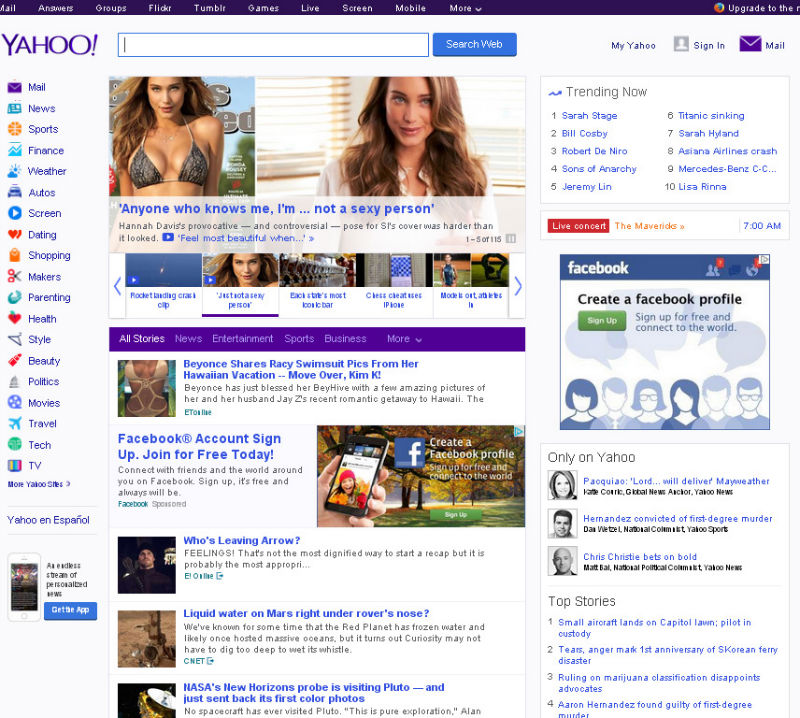
Yahoo Homepage: Came here to use the search, but then got distracted. No wonder why Google is more preferred.
Misconception # 3 – We Needs Only Designers, Rather than UX-Specialists
Nurturing a design-centric environment might leading you to a visually-stunning design, but not a user-centric experience. Deem UX specialists as a non-essential part of your team and lose the user-focus you so desire!
The main difference between the two (UX and UI designer) is that a designer tends to think in terms of client-driven creativity, whereas a UX specialist would think in terms of user-driven decision making. As such, it makes sense to have a UX specialist onboard right from the start.
A designer might give face to a product (app or website), but a UX specialist would typically research the market, review the analysis strategically, conduct interviews or surveys for feedback, approve the storyboard, amongst other tasks all focussed on creating an excellent overall experience.
Sometimes, a UX specialist may be an individual with a great deal of expertise in the field. And other times, it can be a group of expert individuals from different areas such as marketing, story writing, product management, information architect, etc.
In short, designing a great UX is the job of both the designers and the UX specialist(s).
Here is the difference between a UX and UI designer:
By Ana Harris
Livia Labate, principal of IA and UX at Comcast, says, “User experience isn’t just the responsibility of a department or a person. That compartmentalist view of UX is evidence that it is not part of the organizational culture and hints to teams not having a common goal or vision for the experience they should deliver collectively.”
Here’s how both parties add to the overall project:
By Wassai
Misconception # 4 – UX Needs No Testing, It’s a Done & Deliver Task
A great User Experience is the deliberate result of a finely-planned strategy, not chance!
Since UX caters entirely to the behavior of the user, it is vital to have those users test drive the design and provide their feedback.

Bloomberg website on Chrome: Fonts on left and top left are barely readable. It seems not enough testing was done on Chrome. The same website looks fine on Firefox.
Stephanie Rosenbaum, CEO of Tec-Ed, Inc. – a UX Consultancy says, “real users always surprise us. They often have problems we don’t expect, and they sometimes breeze through where we expect them to bog down”.
Hence, it is important more than ever to deem “Testing” as a vital component of the UX process.
I’d end this misconception with a quote by a specialist Usability Consultant, Steve Krug: “There are no simple ‘right’ answers for most web design questions (at least not for the important ones). What works is good, integrated design that fills a need–carefully thought out, well executed, and tested.”
From “Don’t Make Me Think: A Common Sense Approach to Web Usability” By Steve Krug
Misconception # 5 – Design Comes First, UX..Umm..Later
Great UX runs at the forefront of all successful product design operations – be it a tangible product (like a car) or an intangible one like a website or app. Sprinkling it over a finished project invariably results in not only a reduced ROI (Return on Investment), but also a whole lot of unsatisfied customers and/or visitors.
It is crucial to have a UX specialist — someone who is well-familiar with the target-audience, their interest and their behavior — from the inception of the project.
In short, incorporating the UX strategy into the project from day one should allow you to make informed design decisions earlier, which in turn saves time and money.
Jesse James Garrett, the UX specialist and Co-founder of Adaptive Path, defines in his Book, “The Elements of User Experience”, 5 levels of UX design with UX strategy at the core of it and Visual design in the end.
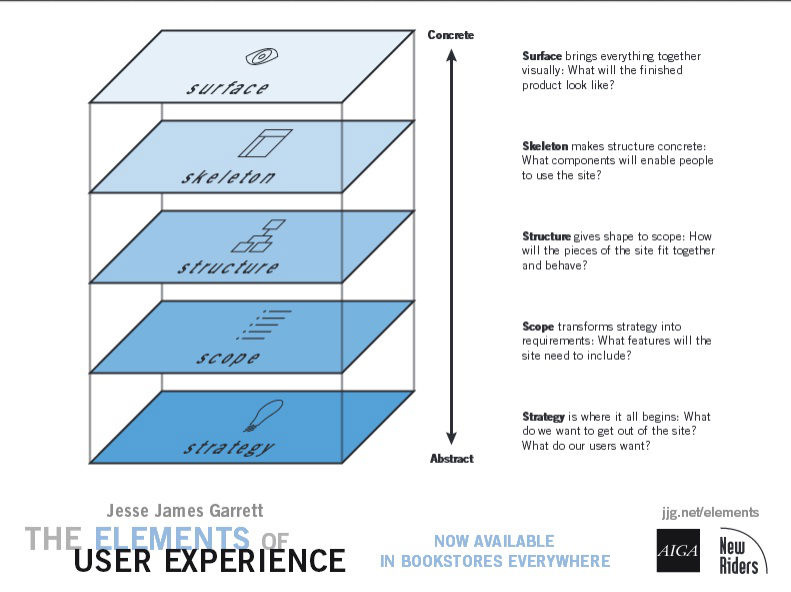
The Elements of User Experience(PDF Download)
To understand it better, let’s take a look at the case study conducted by Laura Klein, author of UX for Lean Startups. A few years back she did a UX redesign for Outright- an accounting and tax preparation consultancy.
During the initial research it was found that one of the key reasons for a significant cancellation rate on the site was due to an overwhelming “Add Account” process. The account setup page was cluttered with the information required, which made new users confused about what information to put.
It was clearly a UX fault here. Had they hired the UX designer first, they would have been able to avoid a significant cancellation rate. So, here’s how Laura Klein and her team of UX redesigned the page and saw a 20% reduction in the cancellation rate.

Page Before and After the Redesign
Conclusion
In 2015 it is simply indispensable to have a well planned UX strategy at the core of your projects. Plus, it is also essential to be more familiar with its nuts and bolts. Just as car seatbelts were once an accessory, UX is now a necessity, not an option!
Usman Anwar is a user interface designer and front-end developer. He is a blogger and Creative Head at Logo Gulf, a logo design company located in Dubai, UAE. He also works as a freelancer.
